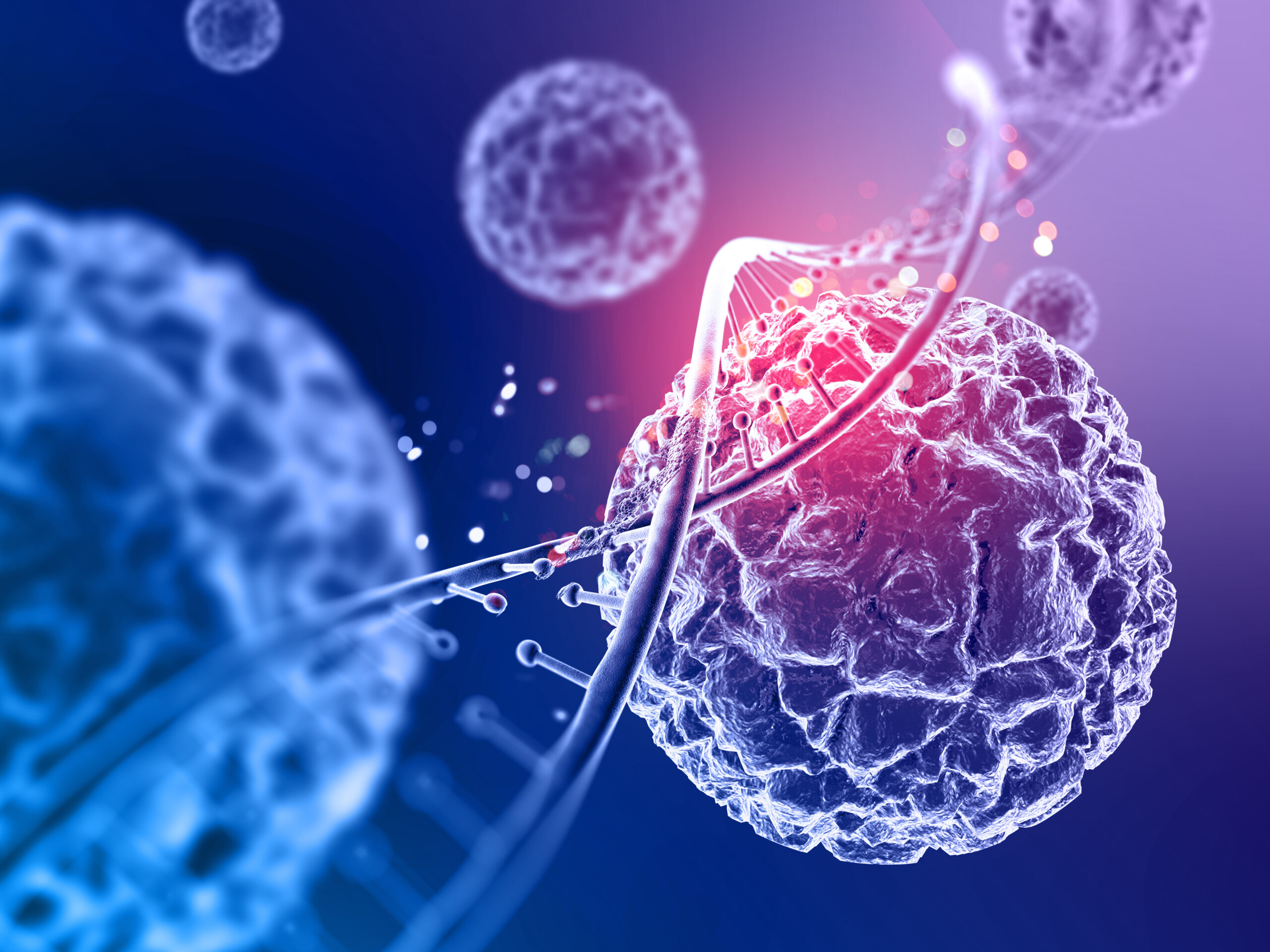Introduction:
Cancer, a formidable adversary that touches the lives of millions, is a disease that can strike individuals of all ages. However, it is intriguing how certain age groups seem to experience higher rates of cancer than others. Unlocking the age puzzle of cancer is crucial in understanding the factors behind its peak incidence at specific ages. By delving into this complex subject, we can gain valuable insights that will help us in prevention, early detection, and treatment strategies. In this blog, we will embark on a journey to decode the age puzzle of cancer, exploring the underlying factors and theories that shed light on why certain age groups are more susceptible to this disease.
The Influence of Age on Cancer Incidence:
Age plays a significant role in cancer incidence, with rates increasing as we advance in years. While cancer can affect individuals at any age, it is noteworthy that certain age groups exhibit higher vulnerability. Various factors contribute to age-related cancer incidence, including genetics, environmental exposures, hormonal changes, and the functioning of our immune system.
Childhood and Adolescent Cancers:
Cancer in children and adolescents presents its unique set of challenges. Childhood cancer, though relatively rare, can manifest in different forms and is influenced by genetic predisposition, environmental factors, and even events during prenatal development. Adolescents, going through a period of rapid growth and hormonal changes, may also face specific cancer risks associated with this transitional phase of life.
Cancer Incidence in Adulthood:
As we enter adulthood, the risk of developing cancer continues to evolve.
Cancer risk varies by age and can be influenced by genetic factors, lifestyle choices, and environmental exposures. Early adulthood, middle age, and late adulthood each have unique risk factors.
Theories and Explanations:
Scientists have put forth several theories to explain the age-related incidence of cancer. One such approach revolves around telomeres, the protective caps at the ends of our chromosomes. Telomere shortening occurs with each cell division and is associated with cellular aging, potentially playing a role in cancer development. Evolutionary theories propose that cancer may be a byproduct of aging, considering trade-offs in cellular mechanisms and the role of natural selection. Additionally, age-related changes in the tumor microenvironment contribute to cancer progression, metastasis, and response to treatment.
Implications for Prevention and Treatment:
Understanding the age-related patterns of cancer incidence has significant implications for prevention and treatment strategies. Tailoring age-specific screening and early detection approaches can enhance our ability to catch cancer at its earliest and most treatable stages. Taking into account age-related variations in treatment response and toxicity is essential for developing personalized and effective treatment plans. Promoting lifestyle modifications, including adopting healthy habits, maintaining a balanced diet, engaging in regular physical activity, and minimizing exposure to known risk factors, can significantly reduce cancer risk across all age groups.
Read More: Best cancer hospital in Kerala

